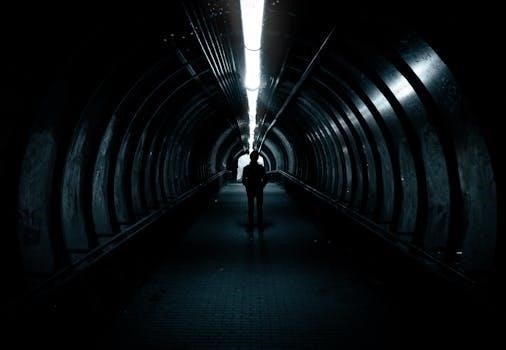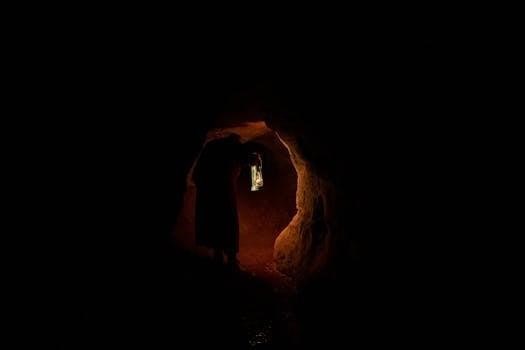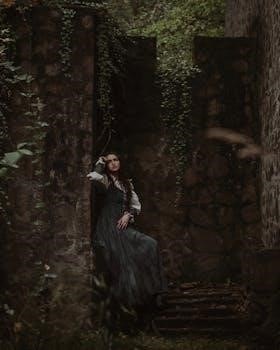
rollover guide for overlord type of princess
Overlord Princess Archetypes
In modern and fantasy settings, the ‘Princess’ archetype often evolves into the ‘Evil Overlord’. The Princess Protagonist, frequently a Pink Heroine, may also be a Ruler Protagonist. This contrasts with the ‘Save the Princess’ trope, where the princess is merely a plot device.
Princess as a Ruler Protagonist
The concept of a princess as a ruler protagonist emerges when a royal female character takes on the mantle of leadership. This archetype often showcases a princess not merely as a damsel in distress or a figurehead, but as an active decision-maker, wielding power and influence over her domain. Such a princess may be thrust into the role of a leader due to unforeseen circumstances, inheriting the throne after the demise of a family member or perhaps they were groomed for the role since birth. This archetype allows for explorations of political strategy, warfare, and the burdens of leadership, contrasting with the more passive princess roles. These characters may embody traits of strength and resilience, balancing royal duties with personal desires or struggles. The narrative often explores their growth as rulers, their relationships with their subjects, and the challenges they face in maintaining or expanding their power. In many cases, these princesses are portrayed as benevolent leaders, striving for the well-being of their kingdom, but some may be forced to make morally ambiguous choices for the greater good or even become corrupt with the power at their disposal.
Princess Job Class in the New World
In the context of the New World, the ‘Princess’ job class is a specific designation, typically reserved for female members of royalty. This class is not merely a title but carries with it a set of societal expectations and responsibilities. Individuals in this class are often expected to embody grace, diplomacy, and leadership, while also being bound by strict protocols and traditions. The princess’s role often involves political maneuvering, forging alliances, and maintaining social order, and in some instances, they may even possess unique magical or combat abilities that are exclusive to their class. This differs from the concept of a princess as just a character role, where the term can be applied to individuals not in the specific job class. The rigid structure of this job class can present challenges as some characters may find their freedom restricted or their ambitions thwarted, highlighting the complex dynamics of power and duty in the New World.

Character Tropes Related to Overlord Princesses
Overlord often mirrors and twists common tropes. The pure-hearted guard in love with the innocent princess is one such example. Conversely, the evil princess trope adds a dark dimension to the royal archetype.

The Pure-Hearted Guard and the Innocent Princess
The trope of the pure-hearted royal guard deeply in love with the innocent princess is a recurring theme, often explored in fantasy narratives. This archetype highlights the contrast between the protector’s unwavering loyalty and the protected’s naive purity. In Overlord, this trope is mirrored but twisted, adding layers of complexity to the characters involved. The guard’s devotion is often tested, while the princess’s innocence can be a facade or a genuine vulnerability. This dynamic can lead to dramatic tension, especially when external forces threaten their bond. The relationship might be platonic, romantic, or even forbidden, adding further intrigue. The subversion of this classic dynamic is a hallmark of Overlord, presenting familiar tropes with darker and more intricate narratives. The interactions between such characters are often emotionally charged, making them a focal point of the story’s development and dramatic impact.
The Evil Princess Twist
The ‘Evil Princess Twist’ subverts the traditional image of princesses, presenting them as antagonists rather than damsels in distress. This trope often involves princesses who are secretly manipulative, cruel, or power-hungry. These characters may use their innocent facade to hide their true intentions, adding a layer of deception. They often desire control and will go to great lengths to achieve their goals. This trope is particularly effective in narratives that initially present the princess as a figure of purity. Overlord excels at using this twist to create complex and morally ambiguous characters. The contrast between their outward appearance and their inner darkness creates dramatic tension. The Evil Princess may be a mastermind, a cruel tyrant, or a victim of circumstances, adding depth to their character. This twist provides a refreshing take on the classic princess archetype.

Overlord Series Elements
The Overlord series originated as a Japanese Light Novel by Kugane Maruyama, adapting from a web novel. It features a manga and a popular anime adaptation, highlighting its widespread appeal and detailed world-building with intricate characters.
Overlord’s Source Material and Adaptations
The Overlord series began as a web novel on Arcadia in 2010, later moving to Shousetsuka ni Narou in 2012, showcasing its humble origins. This web novel then transitioned into a published light novel series by Enterbrain, with illustrations by So-bin, further expanding its reach. A manga adaptation by Miyama Fugin followed, and the series gained even more popularity with a 2015 anime adaptation by Madhouse. The anime continued with second and third seasons in 2018, demonstrating the series’ ongoing success. Fan translations, particularly by Skythewood, have also played a significant role, providing access to the light novels for international audiences. These adaptations and fan efforts highlight the rich, multi-faceted nature of the Overlord universe, making it accessible through various media formats. Overlord’s journey from a web novel to a multimedia franchise illustrates its widespread appeal and the dedication of its fan base.
Character Index in Overlord
The Overlord series boasts a vast array of characters, categorized into distinct groups, creating a rich and complex narrative. Key characters include the Supreme Beings of the Great Tomb of Nazarick, with Ainz Ooal Gown at the forefront, leading the charge. The Nazarick NPCs, the loyal denizens of the tomb, form a diverse and powerful group, each with their own unique roles and abilities. Human characters also play a significant role, from those within the various human kingdoms, to the adventurers and workers navigating the world, and the criminals lurking in the shadows. Additionally, the series features non-human kingdoms, with their own unique cultures and inhabitants, adding another layer to the world. This detailed character index is crucial to understanding the complex dynamics of Overlord.

Fan Interpretation and Tropes
Fan interpretations of Overlord often explore common tropes, such as the ‘Satoru the Guy’ vs ‘Ainz the Overlord’ dichotomy. Fanfiction frequently features the idea of a 42nd Supreme Being and other players in the New World.
Common Fanfiction Tropes
Overlord fanfiction often plays with familiar tropes, sometimes subverting them for added depth. A common trope involves the introduction of a ’42nd Supreme Being,’ typically another player from Yggdrasil who has also been transported to the New World. This often leads to stories exploring how this new player interacts with Ainz and the established characters of Nazarick. Another frequently used trope focuses on Ainz being a different race than a Lich, often exploring the ramifications of such a change on his powers and personality. The ‘another player in the New World’ trope is also very prominent, sometimes resulting in a potential rival or ally for Ainz. Many fanfics explore the ‘what if’ scenarios, examining how the world would change with alternative outcomes. The idea of Satoru Suzuki, the human, struggling with Ainz Ooal Gown, the overlord, is a very popular theme, creating internal conflict.
The ‘Satoru the Guy’ Trope vs ‘Ainz the Overlord’ Trope
A major theme in Overlord fanfiction explores the conflict between Satoru Suzuki, the human gamer, and Ainz Ooal Gown, the powerful overlord. The ‘Satoru the Guy’ trope focuses on stories where Ainz’s human personality and memories influence his actions, often leading to him being more relatable and less ruthless. In contrast, the ‘Ainz the Overlord’ trope portrays Ainz embracing his role as an evil overlord, focusing on his calculated and cold decisions, showcasing his power. This trope often depicts him as a more traditional, menacing antagonist. Fanfics often explore the inner conflict between these two sides of Ainz, with his human desire for normalcy clashing with his immense power and responsibilities. This contrast forms the basis for many character-driven narratives, exploring what it means to be both a human and an overlord.

